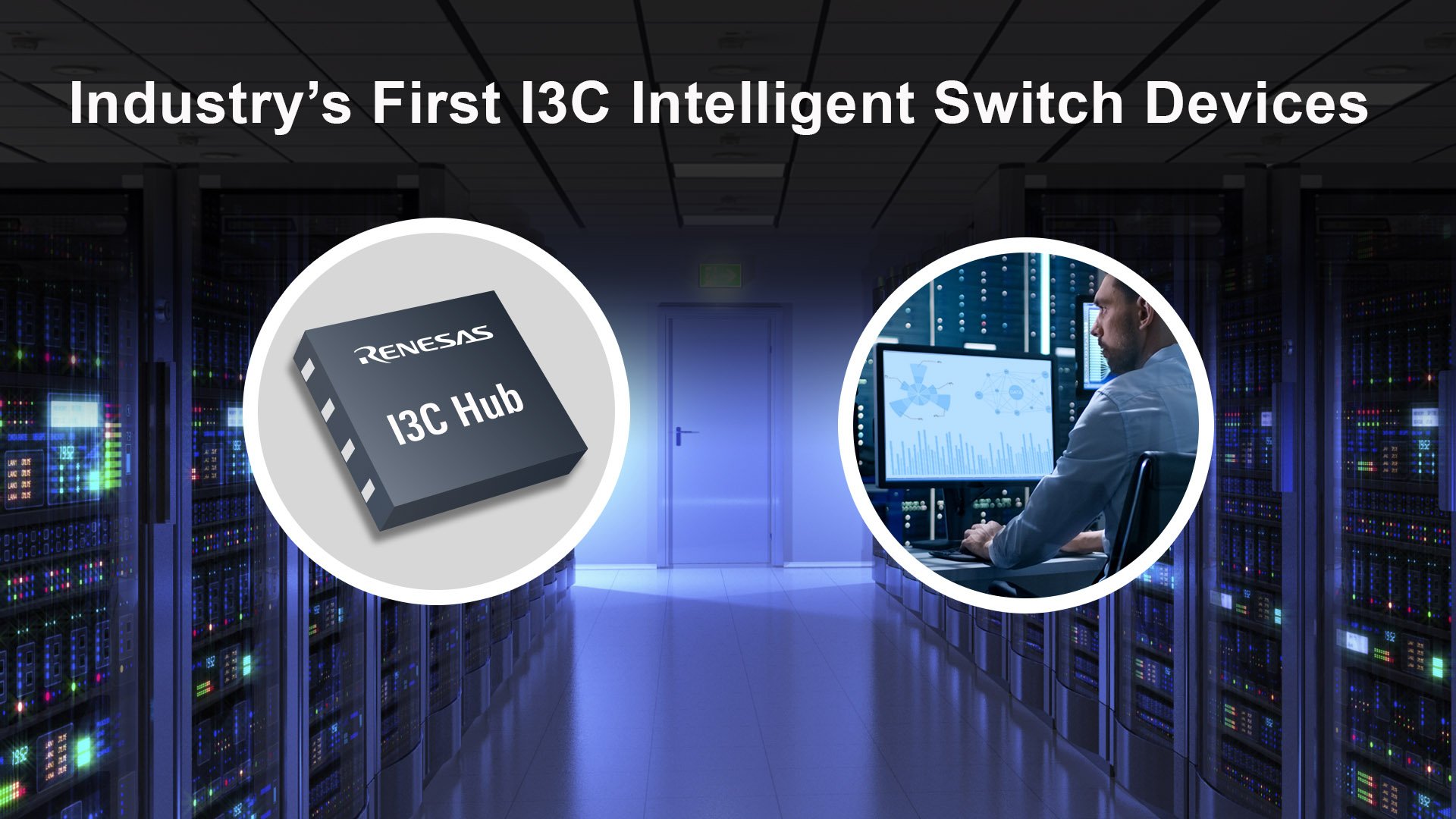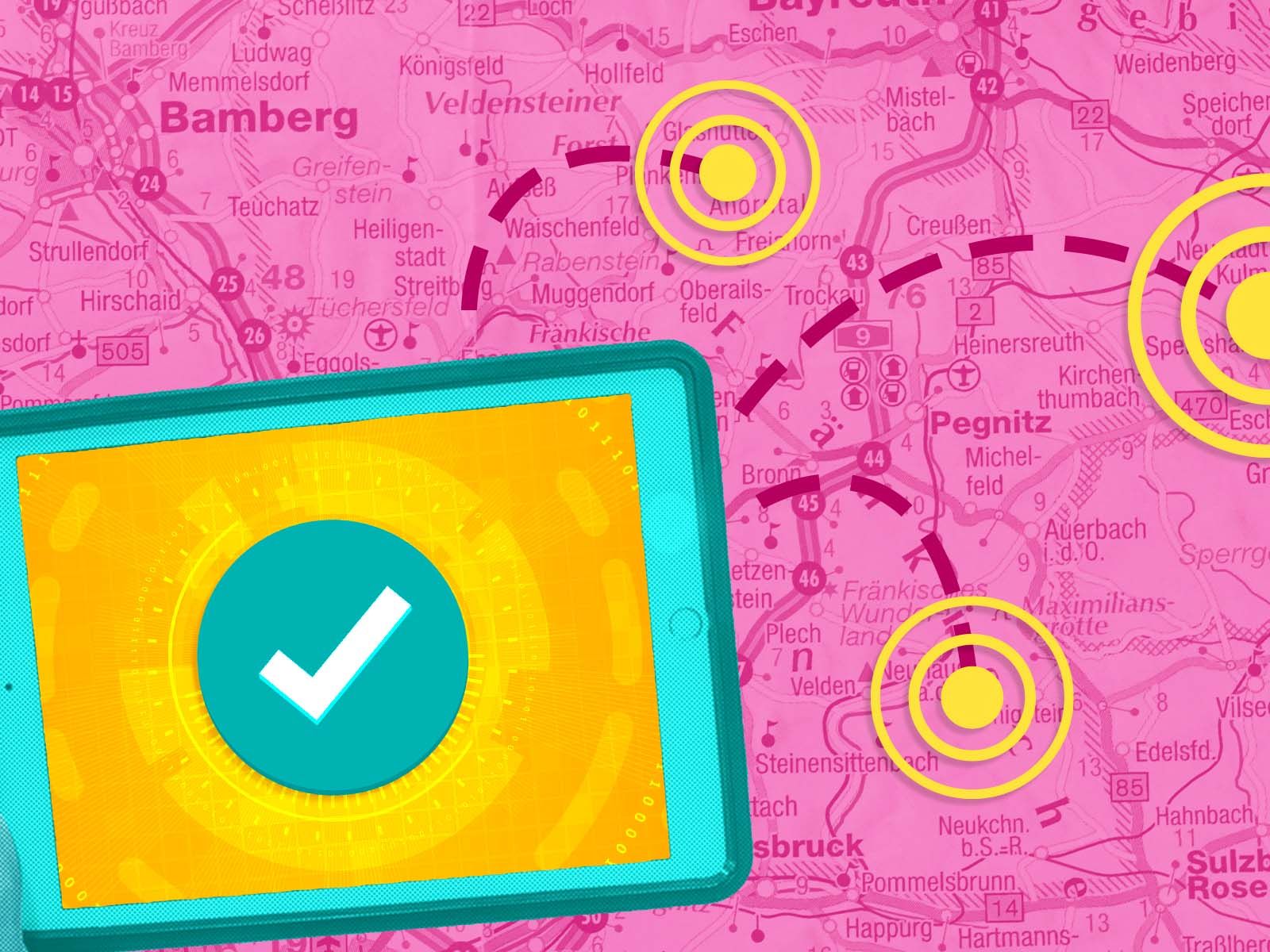Remote IoT Device Management Examples: Boost Your Smart System
Let’s face it, the Internet of Things (IoT) is no longer just a buzzword—it’s a game-changer for businesses and households alike. Remote IoT device management examples are becoming essential as more devices get connected. Whether you're managing a fleet of smart sensors or controlling smart home gadgets from your couch, remote management can make all the difference. But hey, what exactly does remote IoT device management look like in real life? Stick around, because we’re about to break it down for you.
Picture this: You're sitting in your living room, sipping coffee, and suddenly you get a notification that one of your outdoor security cameras isn't working. No worries, with remote IoT device management, you can troubleshoot it without leaving your comfy spot. This kind of setup saves time, energy, and money. But before we dive deep into the examples, let's quickly understand why remote IoT management is such a big deal.
Remote IoT device management is like having a personal assistant for all your connected devices. It allows you to monitor, configure, update, and troubleshoot devices from anywhere in the world. This is especially important for industries like agriculture, healthcare, and manufacturing, where downtime can cost a fortune. Now that we’ve set the stage, let’s jump into some juicy examples that’ll blow your mind.
- Get To Know Fern Hawkins The Rising Star In The Entertainment Industry
- Discover The Secrets Hidden Within 1144 Unlocking The Enigma Of The Unknown
Table of Contents
- What is Remote IoT Device Management?
- Examples of Remote IoT Device Management
- Smart Home Applications
- Industrial IoT Solutions
- Healthcare IoT Devices
- Agriculture IoT Systems
- Security and Privacy Concerns
- Top Tools for IoT Management
- Benefits of Remote IoT Management
- The Future of IoT Device Management
What is Remote IoT Device Management?
Alright, let’s start with the basics. Remote IoT device management refers to the ability to control, monitor, and maintain IoT devices from a distance. It’s like giving your devices superpowers, allowing them to communicate with each other and with you, no matter where you are. This setup typically involves software platforms that provide dashboards, analytics, and alerts to keep you in the loop.
For instance, imagine you're running a farm with hundreds of sensors monitoring soil moisture, temperature, and humidity. Instead of physically checking each sensor every day, you can use a remote IoT management system to get real-time updates and adjust settings as needed. Sounds pretty cool, right?
Why is Remote IoT Management Essential?
Let’s break it down: Remote IoT management saves time, reduces costs, and improves efficiency. In industries where devices are spread out over large areas, like oil rigs or wind farms, being able to manage them remotely can save a ton of money on travel and labor. Plus, it ensures that devices are always up and running, minimizing downtime.
- Uncover The Meaning Behind I Wanna Dance With Somebody A Lyric Analysis
- The Ultimate Schitts Creek Quotes Collection Witty And Unforgettable
But wait, there's more. Remote management also helps with scalability. As your IoT network grows, you can easily add new devices and manage them all from one central platform. This makes it a no-brainer for businesses looking to expand their operations without increasing their overhead.
Examples of Remote IoT Device Management
Now that we’ve covered the basics, let’s dive into some real-world examples of remote IoT device management. These examples will give you a clearer picture of how this technology is being used across different industries.
1. Fleet Management
If you’re in the logistics or transportation business, remote IoT management can be a lifesaver. Imagine having a fleet of delivery trucks equipped with IoT sensors that track location, fuel consumption, and vehicle health. With remote management, you can monitor all these parameters in real-time and make data-driven decisions to optimize routes and reduce costs.
2. Smart Buildings
Smart buildings are another great example of remote IoT device management in action. From lighting and HVAC systems to security cameras and access control, everything can be managed remotely. This not only improves energy efficiency but also enhances security and comfort for building occupants.
Smart Home Applications
Who doesn’t love a smart home? Remote IoT device management makes it possible to control everything from your thermostat to your coffee maker with just a few taps on your phone. Here are some examples of how remote management is used in smart homes:
- Smart Thermostats: Adjust the temperature in your home from anywhere using an app.
- Smart Lighting: Turn lights on and off, change colors, and set schedules remotely.
- Security Cameras: Monitor your home in real-time and receive alerts if anything suspicious happens.
These applications not only make life more convenient but also help save energy and improve security.
Industrial IoT Solutions
Industries are also reaping the benefits of remote IoT device management. From manufacturing plants to oil rigs, IoT devices are being used to monitor equipment health, optimize processes, and reduce downtime. Here are a few examples:
- Predictive Maintenance: Use IoT sensors to predict when equipment is likely to fail and schedule maintenance before it happens.
- Supply Chain Optimization: Track inventory levels and shipments in real-time to ensure smooth operations.
- Energy Management: Monitor energy consumption across facilities and identify areas for improvement.
These solutions help businesses save money, improve efficiency, and stay competitive in a rapidly changing market.
Healthcare IoT Devices
Remote IoT device management is also making waves in the healthcare industry. With wearable devices and remote monitoring systems, doctors can keep an eye on patients’ health without them needing to visit the clinic. Here are some examples:
- Remote Patient Monitoring: Use IoT devices to track vital signs like heart rate, blood pressure, and glucose levels.
- Telemedicine: Conduct virtual consultations and prescribe treatments based on real-time data from IoT devices.
- Medical Equipment Management: Monitor the status and location of medical devices in hospitals to ensure they’re always available when needed.
These applications improve patient outcomes, reduce healthcare costs, and enhance the overall quality of care.
Agriculture IoT Systems
Agriculture is another industry that’s benefiting from remote IoT device management. Farmers are using IoT devices to monitor soil conditions, weather patterns, and crop health, all from the comfort of their homes. Here are some examples:
- Smart Irrigation: Use IoT sensors to monitor soil moisture levels and automatically adjust irrigation schedules.
- Weather Monitoring: Get real-time updates on weather conditions and take preventive measures to protect crops.
- Crop Health Monitoring: Use IoT devices to detect signs of disease or pest infestations early, allowing for timely intervention.
These systems help farmers increase yields, reduce water usage, and improve sustainability.
Security and Privacy Concerns
Of course, with all the benefits of remote IoT device management comes some challenges, particularly around security and privacy. IoT devices are often connected to sensitive data, making them attractive targets for hackers. Here are a few tips to keep your devices secure:
- Use Strong Passwords: Make sure all your devices are protected with strong, unique passwords.
- Keep Firmware Updated: Regularly update the firmware on your devices to patch any security vulnerabilities.
- Encrypt Data: Use encryption to protect data transmitted between devices and the management platform.
By taking these precautions, you can enjoy the benefits of remote IoT management without worrying about security breaches.
Top Tools for IoT Management
There are plenty of tools available for remote IoT device management, each with its own set of features and capabilities. Here are some of the top tools you might want to check out:
- IBM Watson IoT Platform: A powerful platform for managing IoT devices, offering advanced analytics and machine learning capabilities.
- Amazon Web Services (AWS) IoT: A cloud-based service that makes it easy to connect, manage, and secure IoT devices at scale.
- Microsoft Azure IoT Hub: A comprehensive solution for IoT device management, offering features like device provisioning and remote monitoring.
These tools provide everything you need to manage your IoT devices effectively, from setting up initial configurations to performing ongoing maintenance.
Benefits of Remote IoT Management
Let’s recap some of the key benefits of remote IoT device management:
- Cost Savings: Reduce travel and labor costs by managing devices remotely.
- Improved Efficiency: Optimize processes and reduce downtime with real-time monitoring and predictive maintenance.
- Scalability: Easily add new devices to your network and manage them all from one central platform.
- Enhanced Security: Keep your devices secure with features like encryption and firmware updates.
These benefits make remote IoT management a must-have for businesses and households alike.
The Future of IoT Device Management
So, what does the future hold for remote IoT device management? As more devices become connected, the need for efficient management solutions will only increase. We can expect to see advancements in areas like artificial intelligence, machine learning, and edge computing, all of which will enhance the capabilities of IoT management platforms.
Imagine a world where your devices not only communicate with each other but also learn from their interactions, becoming smarter and more autonomous over time. This is the future of IoT device management, and it’s closer than you might think.
Wrapping It Up
Remote IoT device management examples are just the tip of the iceberg when it comes to what this technology can do. From smart homes to industrial applications, the possibilities are endless. By embracing remote management, you can save time, reduce costs, and improve efficiency, all while staying ahead of the curve in a rapidly evolving world.
So, what are you waiting for? Dive into the world of remote IoT device management and see how it can transform your business or home. And remember, if you have any questions or comments, feel free to drop them below. Let’s keep the conversation going!
- Vegamovies 29 Netflix The Ultimate Streaming Experience You Didnrsquot Know You Needed
- 5 Movierulz 2024 Download Your Ultimate Guide To Movie Streaming And Downloads

Remote IoT Device Management Everything You Need to Know

Device Management Platform IoT Examples Best Solutions 2024

Your Guide to Remote IoT Device Management IoT For All